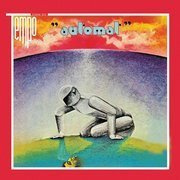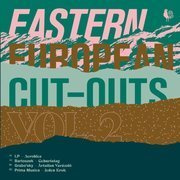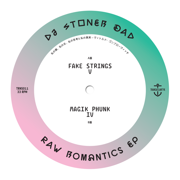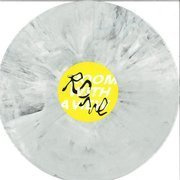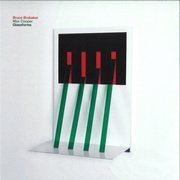- PLAY ALL / Rone - 01 Lucid Dream.mp3 (Room With A View) / Rone - 02 La Marbrerie.mp3 (Room With A View) / Rone - 03 Sophora Japonica.mp3 (Room With A View) / Rone - 04 Ginkgo Biloba.mp3 (Room With A View) / Rone - 05 Nouveau Monde.mp3 (Room With A View) / Rone - 06 Room With A View.mp3 (Room With A View) / Rone - 07 Le Crapaud Dore.mp3 (Room With A View) / Rone - 08 Liminal Space.mp3 (Room With A View) / Rone - 09 Human.mp3 (Room With A View) / Rone - 10 Babel.mp3 (Room With A View) / Rone - 11 Esperenza.mp3 (Room With A View) / Rone - 12 Raverie.mp3 (Room With A View) / Rone - 13 Solastalgia.mp3 (Room With A View) / Rone - 14 Human (Blogotheque live version).mp3 (Room With A View)
- 01 Lucid Dream.mp3 / Rone - 01 Lucid Dream.mp3 (Room With A View)
- 02 La Marbrerie.mp3 / Rone - 02 La Marbrerie.mp3 (Room With A View)
- 03 Sophora Japonica.mp3 / Rone - 03 Sophora Japonica.mp3 (Room With A View)
- 04 Ginkgo Biloba.mp3 / Rone - 04 Ginkgo Biloba.mp3 (Room With A View)
- 05 Nouveau Monde.mp3 / Rone - 05 Nouveau Monde.mp3 (Room With A View)
- 06 Room With A View.mp3 / Rone - 06 Room With A View.mp3 (Room With A View)
- 07 Le Crapaud Dore.mp3 / Rone - 07 Le Crapaud Dore.mp3 (Room With A View)
- 08 Liminal Space.mp3 / Rone - 08 Liminal Space.mp3 (Room With A View)
- 09 Human.mp3 / Rone - 09 Human.mp3 (Room With A View)
- 10 Babel.mp3 / Rone - 10 Babel.mp3 (Room With A View)
- 11 Esperenza.mp3 / Rone - 11 Esperenza.mp3 (Room With A View)
- 12 Raverie.mp3 / Rone - 12 Raverie.mp3 (Room With A View)
- 13 Solastalgia.mp3 / Rone - 13 Solastalgia.mp3 (Room With A View)
- 14 Human (Blogotheque live version).mp3 / Rone - 14 Human (Blogotheque live version).mp3 (Room With A View)
Elektronica od współpracownika Jean-Michela Jarre'a. Jest tu dosyć głęboko i melancholijnie. Z jednej strony ściany syntezatorowych dźwięków, a z drugiej atmosfera satysfakcji i wyluzowania.
-
„Room With A View“ sees Rone returning to his musical roots and the set-up of his early albums: purely electronic, solitarily conceived without any musical collaborators. At the same time he was able to leave his comfort zone through a new kind of artistic liaison. The album was produced alongside a live show commissioned by the Théâtre du Châtelet in Paris and developed together with choreography collective (LA) HORDE and 20 dancers of the Ballet National de Marseille. This new kind of collaborative approach allowed Rone to produce his most sincere and far-reaching music in some time. Inspired by discussions of collapsologie and climate change, „Room With A View“ offers food for thought on how to deal with one of the most pressing issues of humanity.
The Fenchman manages to let his trademark sound shine in a new light, pleasing early fans as well as every electronica enthusiast. Typically melodic beats like „Ginkgo Biloba“ nestle against tracks that exhibit classic influences from Boards of Canada („La Marbrerie“) to SAW-era Aphex Twin („Raverie“), euphoric dancefloor rhythms sit next to contemplative synth work. Tracks like „Sophora Japonica“ showcase Rone’s mastership in atmosphere, which sometimes requires no drums at all. Elsewhere, Rone is clearly reviving the club-centric vibe of „Tohu Bohu“ and experimenting with elements of dub. It all makes for and adventurous and rewarding listen.
Most importantly, Rone is redefining the notion of „organic“ in electronic music through use of field and voice recordings. Be it his own child chattering, Aurelien Barrau or Alain Damasio debating, or the dance troupe rehearsing and discussing the show. "Because the writing process of the album was very machine focused, it seemed appropriate to feed back a human touch into the music and to still have bodies involved". Thus „Esperanza“ uses the steps of the dancers as a rhythm to start a new track, while in „Human“ they serve as a choir. This idea of extended human collaboration becomes apparent also on the album cover.





